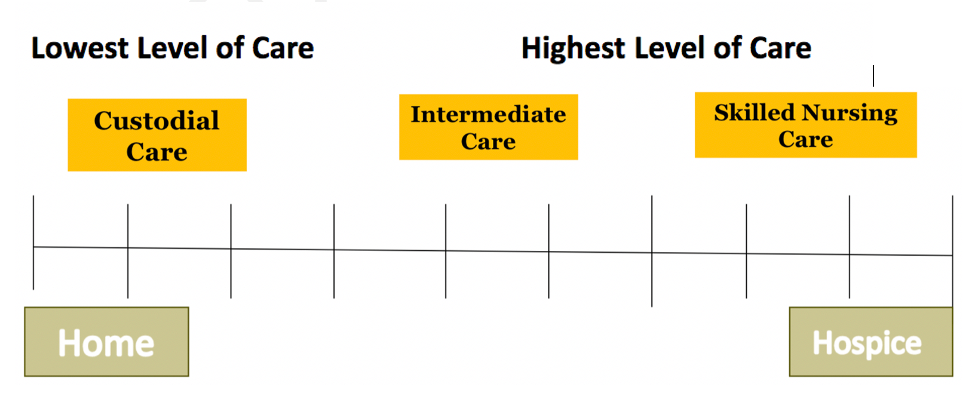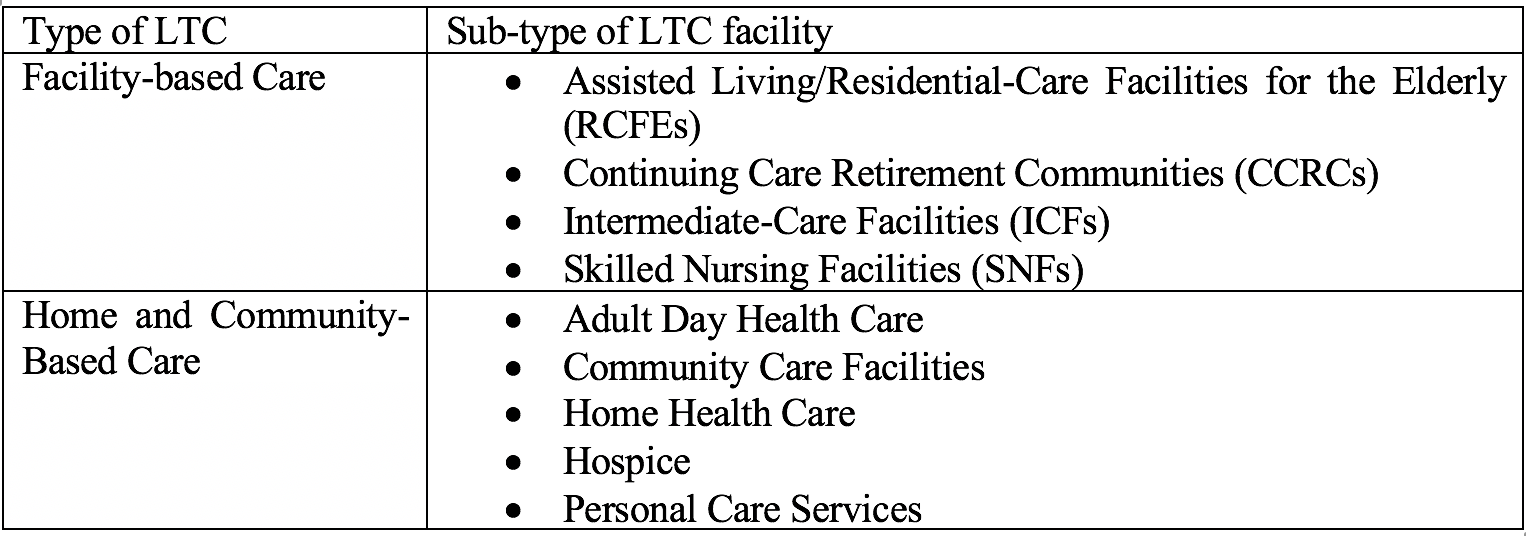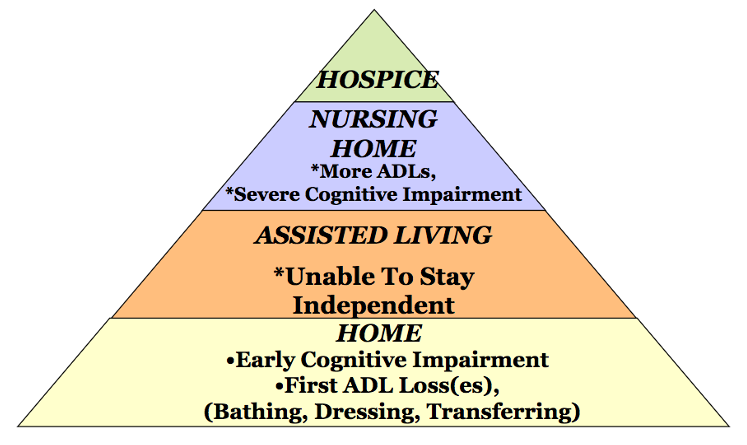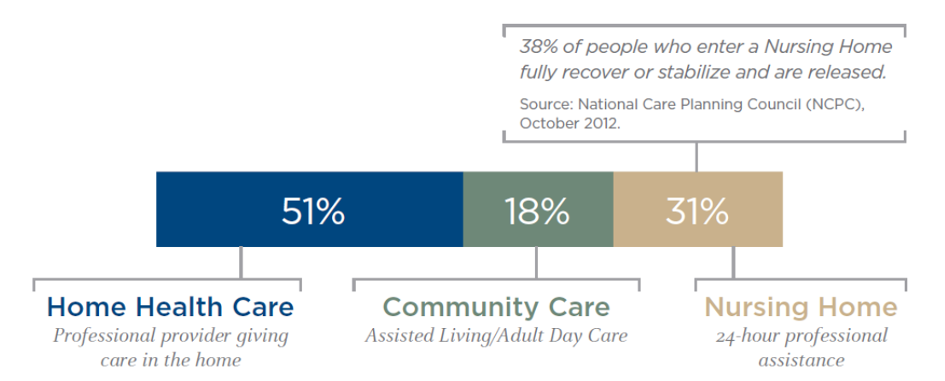Long Term Care: an indispensable part of senior people's lives
As people age, many people start to have trouble with normal daily activities. Currently, aging people would be evaluated on their ability to perform the following 6 basic daily activities, also referred to as "Activities of Daily Living (ADLs)":
- Bathing
- Continence
- Eating
- Dressing
- Toileting
- Transferring
There are various reasons that could lead to the inability of performing these ADLs. For instance, chronic illness or injury is one of the most common reasons â it usually refers to the conditions that cannot be cured or getting any better in 90 days.
On the other hand, if someone is going through cognitive impairment , he/she will have/is having difficulty in remembering, learning, concentrating or making everyday life decisions â for instance, Alzheimer's Disease will cause cognitive impairment.
If a person is showing limitations in the ability to perform 2 (or more) out of the 6 ADLs (mentioned above), or showing impaired cognitive ability, he/she will be considered as "currently or soon require long term care (LTC) support or services": Long-term care (LTC) is the type of ongoing assistance and/or supervision for people in need of help with these normal daily activities. LTC meets everyone's personal care needs, and most LTC is not synonymous with medical care.
LTC is much more needed than many people think
According to the statistics, nowadays, people turning age 65 approximately have a 70% chance of eventually needing some form of long-term care services. According to another study by the U.S. Dept. of Health and Human Services, people of age 65 (and above) face at least a 40% lifetime risk of entering a nursing home.
Although 70% of the seniors require various forms of long-term daily life care and related medical care services, and only 11% have long term care coverage that will help pay for the cost.
Other statistics indicate that, only about 26.1% of the seniors are actually receiving the services. Of these, 13% received care from a professional caregiver, while the remaining 87% received care from an informal/unprofessional caregiver.
Homecare is usually provided a family member or a friend. They spend an average of 20 hours per week providing care and this averagely leads to $303,880 loss in wages and benefits by caregivers over their lifetime.
Besides, of those in need of LTC, 37% are from those under the age of 65 â it is safe to say that LTC is not just for elderly people (age 65 and above), but also for younger people.

Who's providing LTC service?
Currently, there are several types of LTC: custodial care, intermediate care, and skilled nursing care.

Overall speaking, LTC can be categorized as "Facility-based care" and "Home and Community-Based Care", and each category corresponds to multiple sub-types of LTC facilities:

The majority of LTC is provided at home setting, which is why "home" is located at the foundation of the pyramid below. As the condition of the aging people gets worse, they will require more and more professional practitioners/organizations, and start to live in places like nursing home or hospice, instead of living at home.

Statistically, approximately 69% of LTC is given at home/community setting, while roughly 31% of LTC is provided in nursing home.




